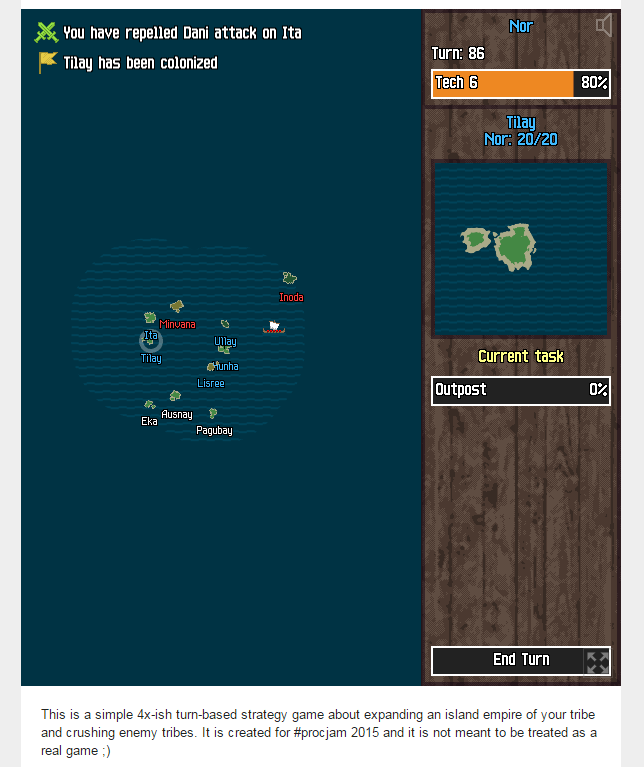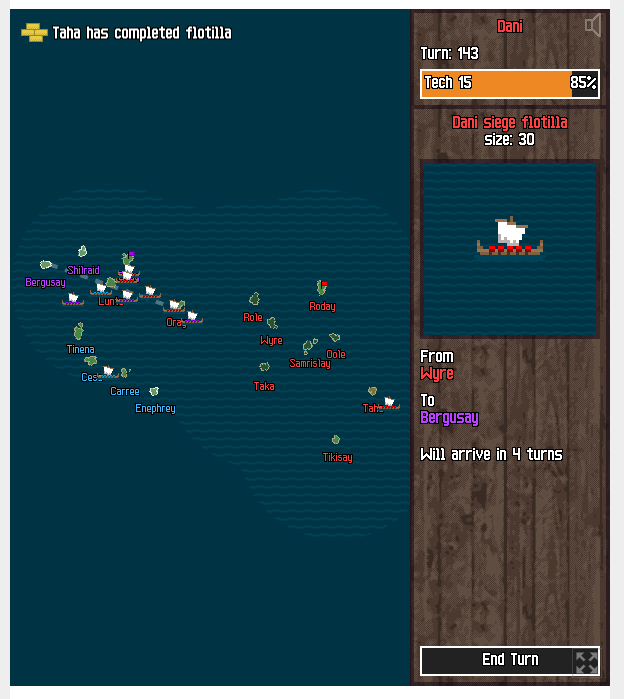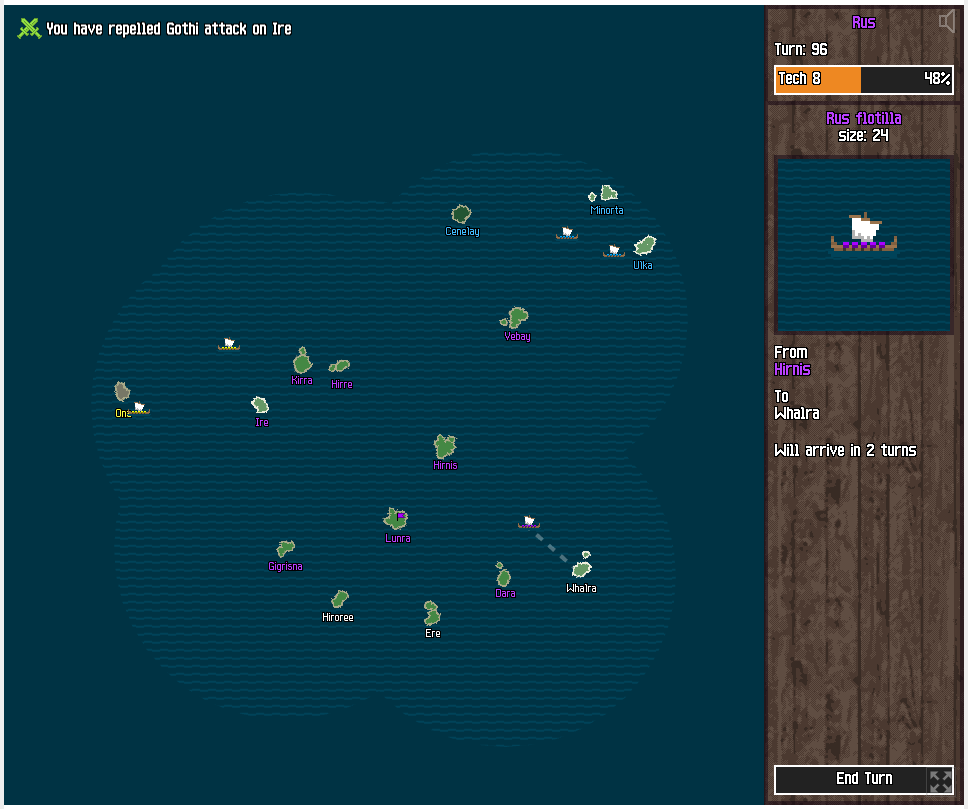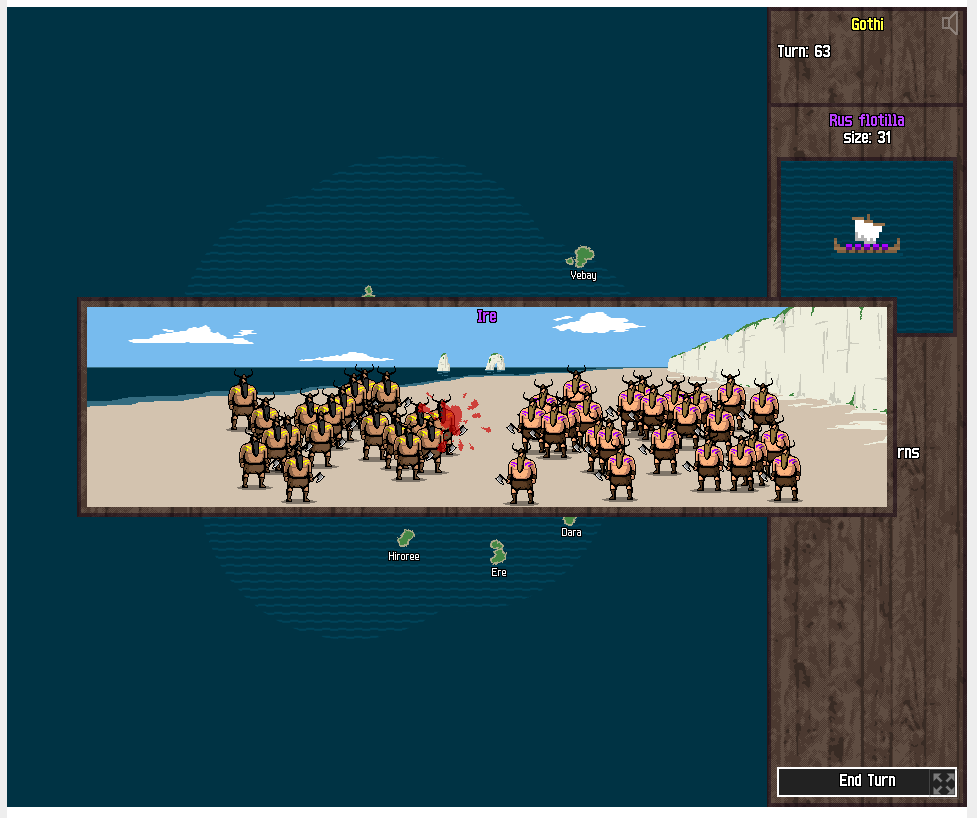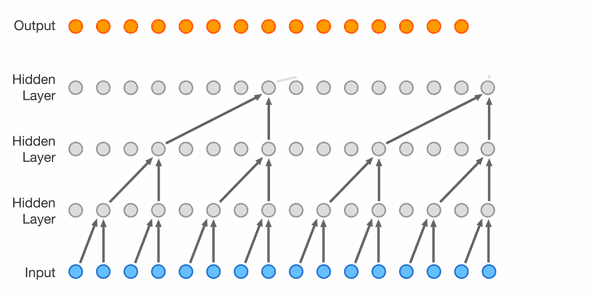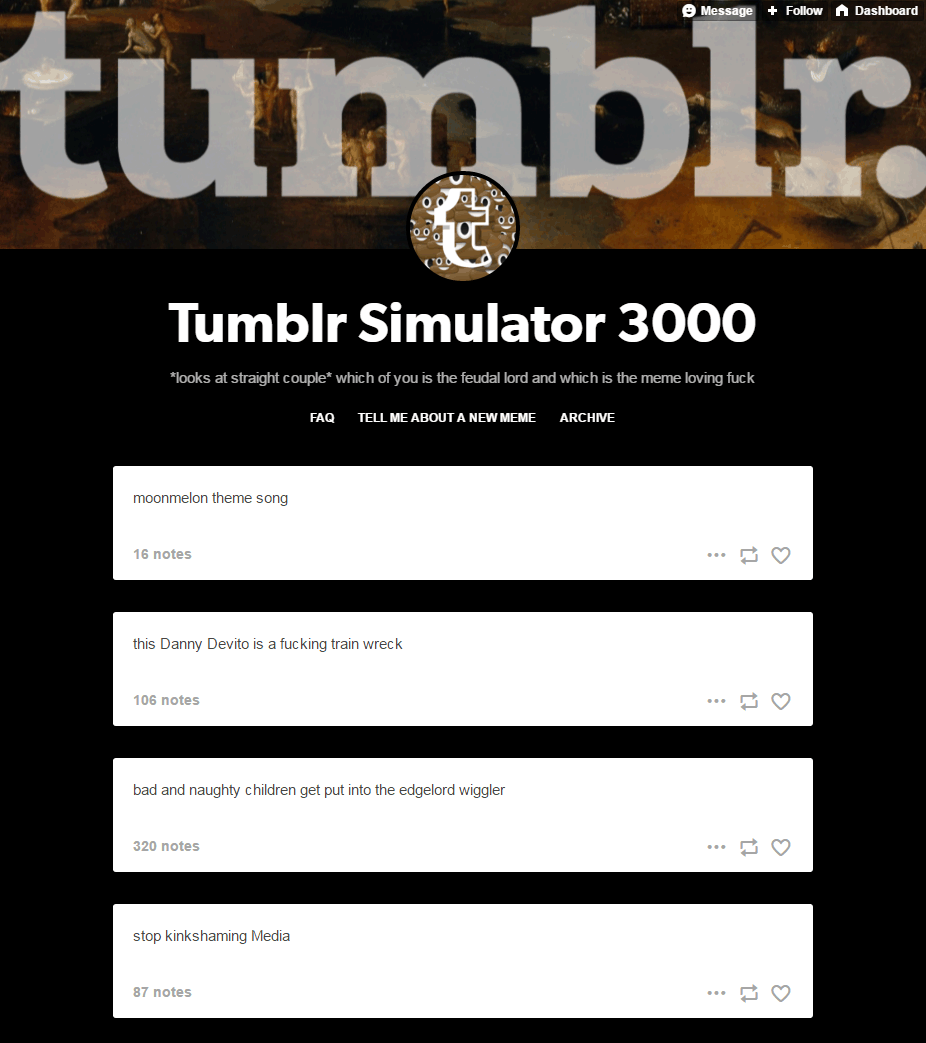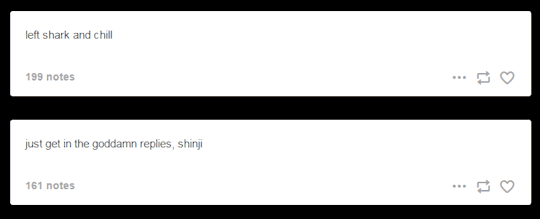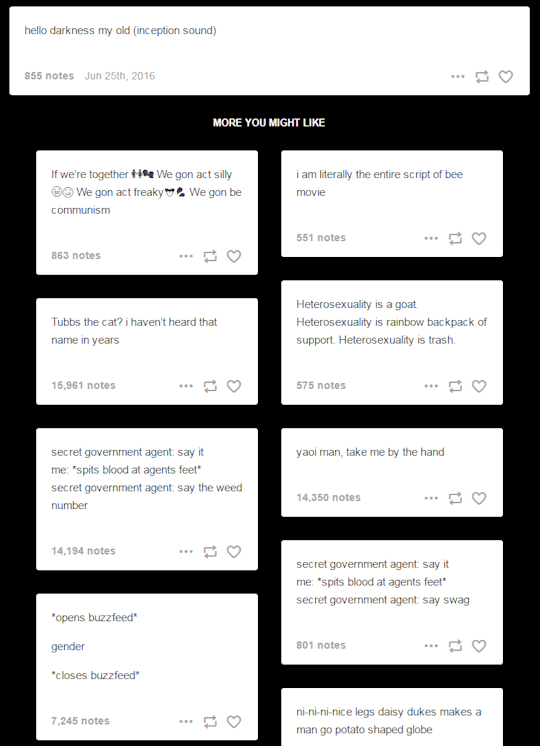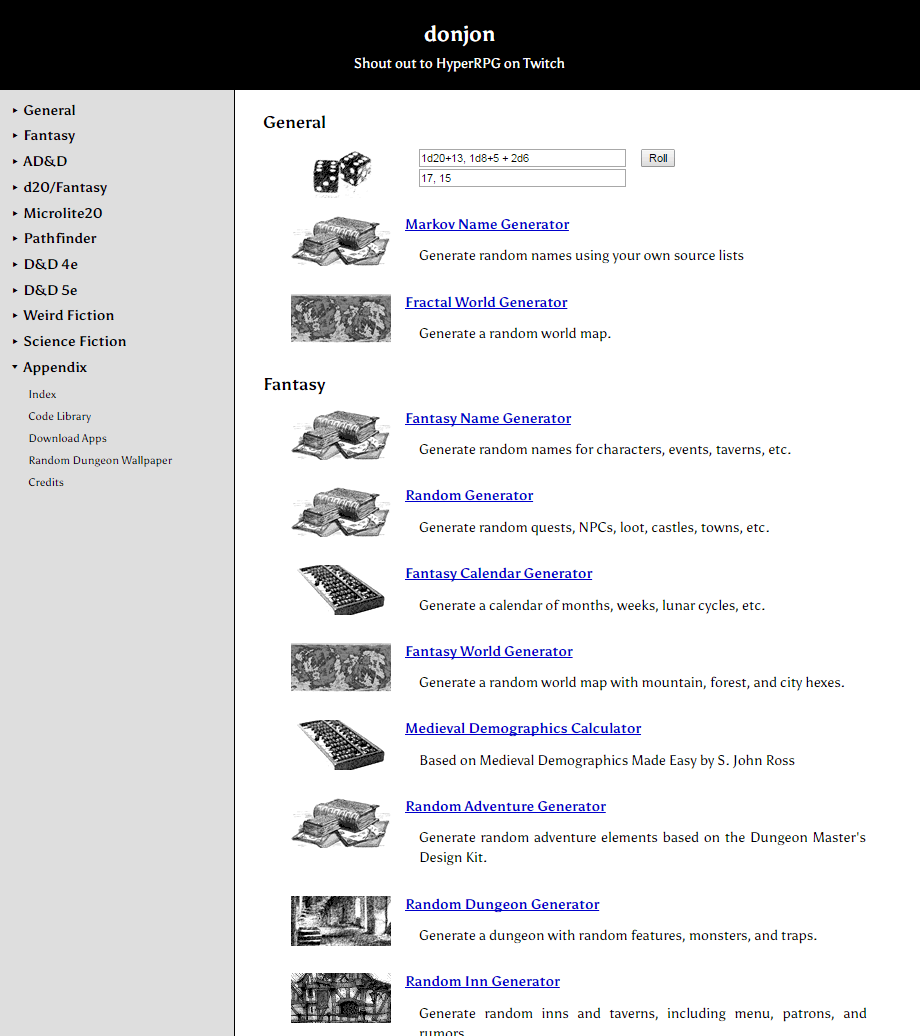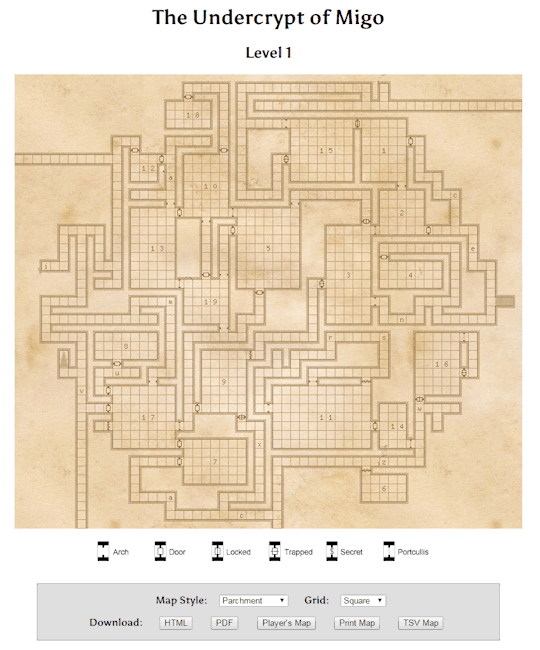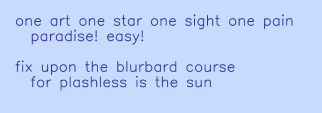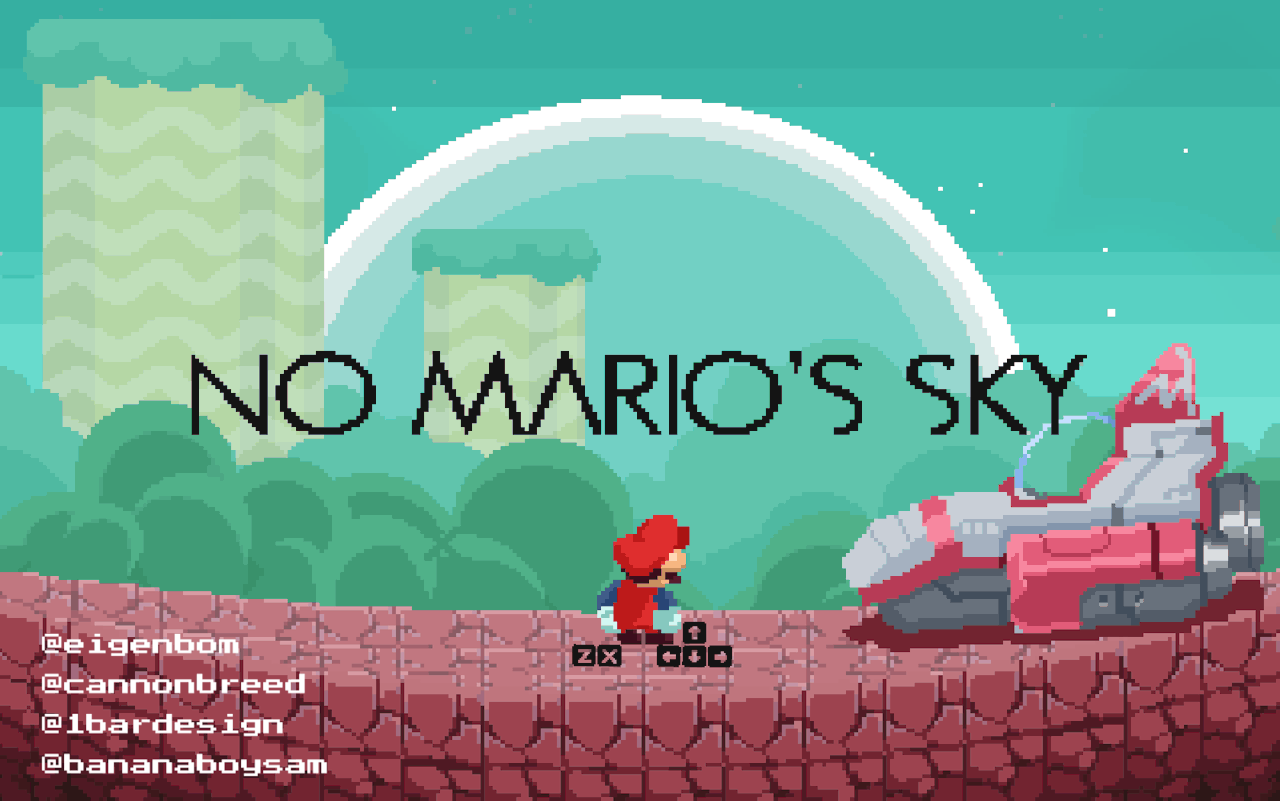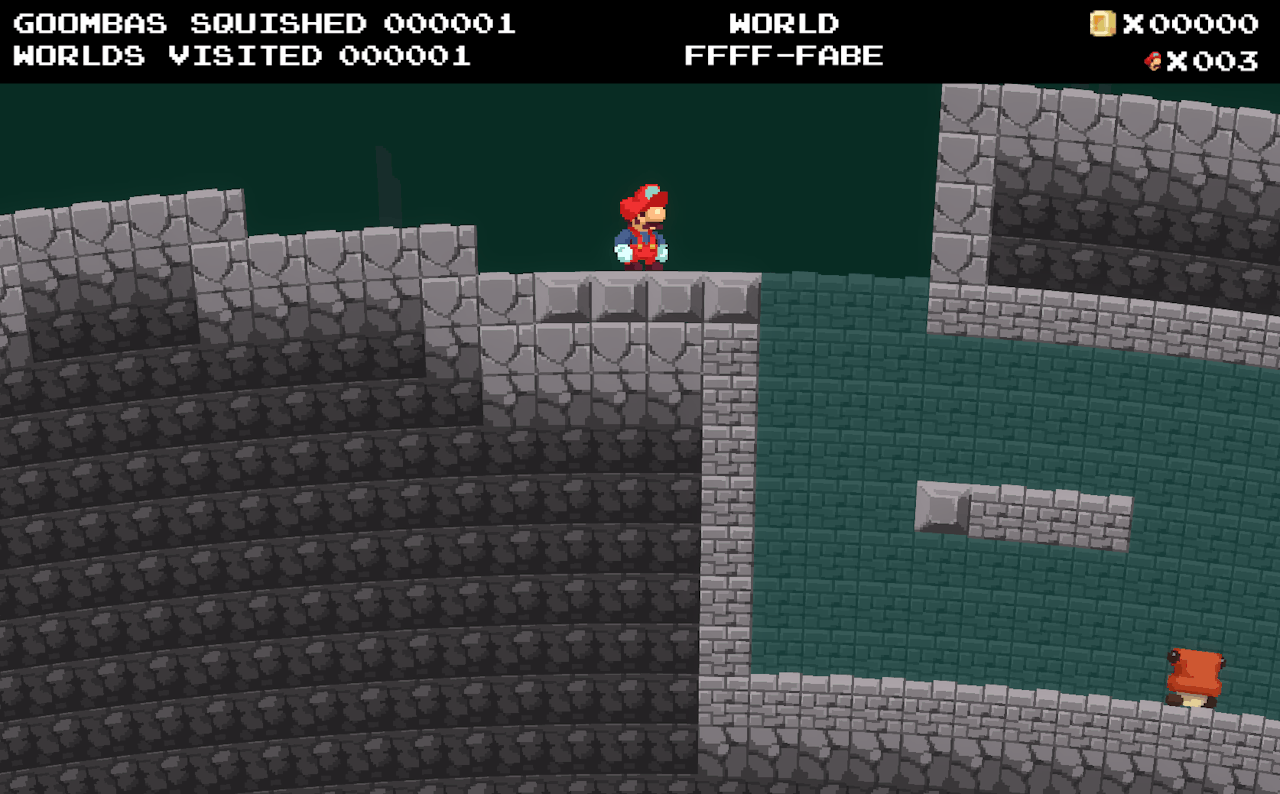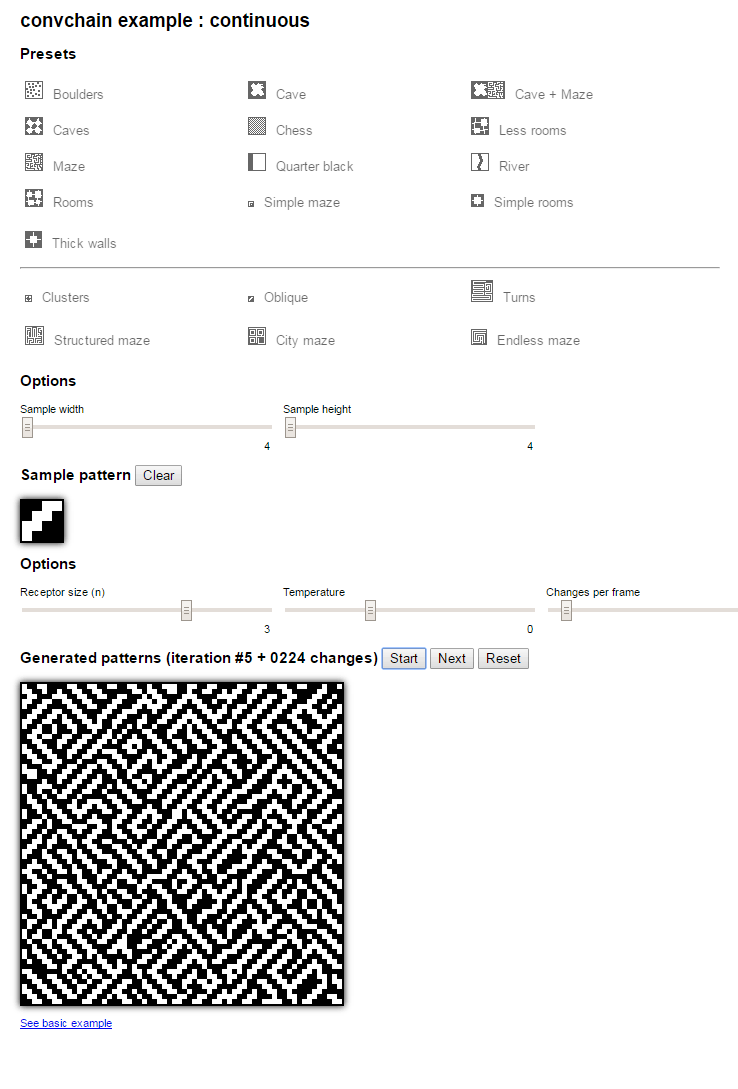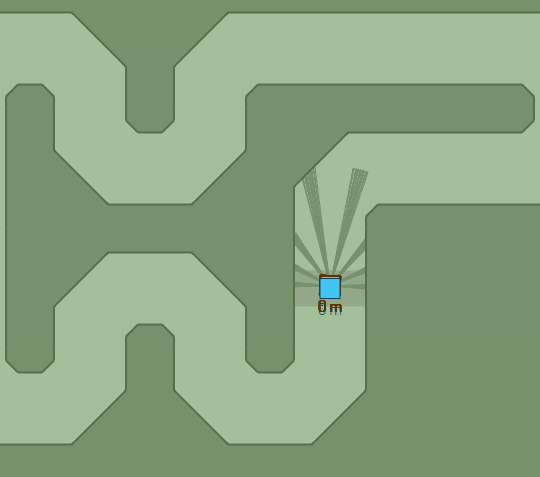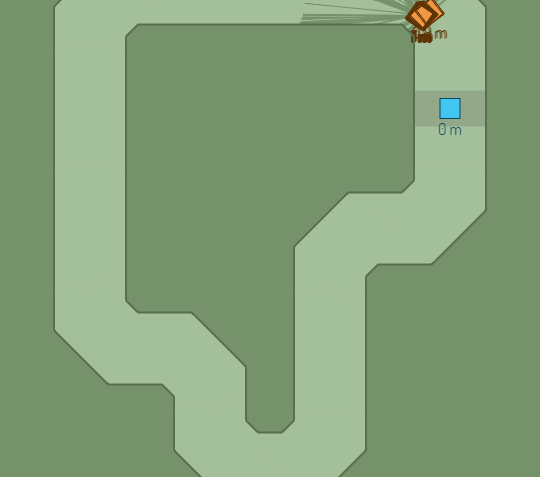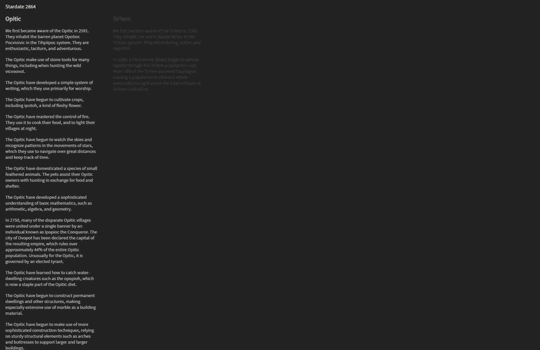
Epitaph (FermiJam 2016)
Speaking of game jams, the recent Fermi Paradox Jam has some notable use of procedural generation. In this case, it’s textual variation in Max Kreminski’s Epitaph.
As you attempt to guide the alien civilization past the civilization ending bottlenecks, the descriptions of their development and some of the events they can encounter along the way vary. Granted, the volcano wiping out the biosphere is a terminal variation, but some surprises are happier, like the domestication of pets.
Alerted by the tones, you interfere with the development of a succession of civilizations. Most of which will fade into the background after their ignoble demise.
Here’s one quick tragedy:
EzvriWe first became aware of the Ezvri in 2326. They reside on the windy planet Ihvri in the Vuze Kihi system. They are subtle, brusque, and industrious.
The Ezvri have learned how to catch water-dwelling creatures such as the esnre, which is now an important part of the Ezvri diet.
As the Ezvri population increased, they began to overfish the waters of Ihvri. By 2348, they had driven the esnre species to extinction. The ensuing famine brought about a total collapse of Ezvri civilization.
And a longer one:


